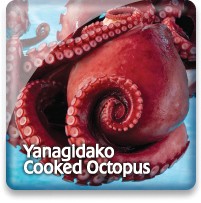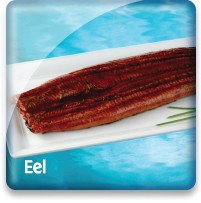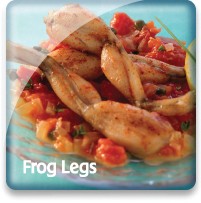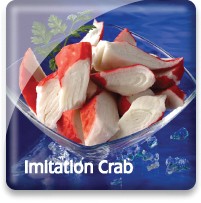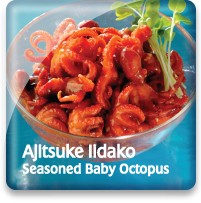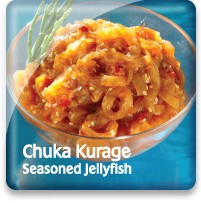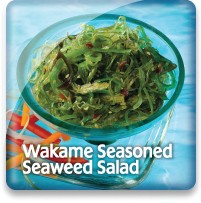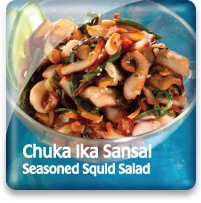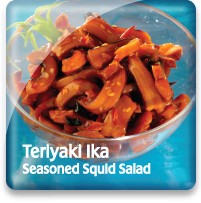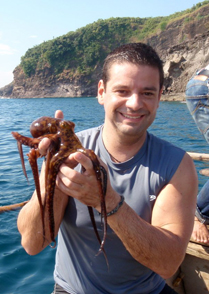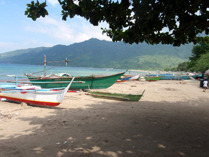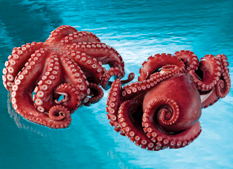
Cooked Octopus (Yanagidako)

Market Name: Eating QualitiesYanagidako is a cleaned and fully cooked octopus and is entirely edible. The tentacles can be sliced thin and are quite tender and tasty. The skin has a pleasing red color while the meat is a creamy white. Sliced or diced yanagidako can be easily added to salads, ceviche, soups, and sushi preparations.
   |
Description & CharacteristicsThe large red octopus (Enteroctopus dofleini) is a cephalopod with eight arms (not tentacles). They are found in tropical, subtropical and temperate waters around the world, and can live both in shallow and deep waters. They have almost entirely soft bodies with no internal skeleton. They have built-in defense mechanisms, including the ability to change color in order to avoid detection and the capacity to release an ink cloud to escape potential predators. These large red octopi are highly intelligent, possess sharp eyesight, and have an outstanding sense of touch. Yanagi Octopus are harvested from longliners off the coast of Hokkaido, Japan. Japanese processors have been producing this product for export for over 30 years. The process is quite simple – after eviscerating and cleaning the octopi are boiled, cooled then frozen. All parts of a fully eviscerated octopus are edible, and the tentacles are the most tender. The raw meat is cream-colored with a hint of pink. Once cooked, the meat is firm with full-bodied flavor. This product is mainly seen at sushi restaurants (Tako) but is also suberb chopped up in a seafood salad.
An adult octopus can squeeze through a hole the size of a dime.
Octopus have highly developed eyesight and a complex sense of touch and taste. Unlike many other marine species, they have no ability to hear.
Other Resources |
Handling Instructions for Cooked Octopus (Yanagidako)
Our whole octopus is sourced primarily from the Philippines, Thailand, and Vietnam and is offered in both raw and fully cooked forms and in sizes ranging from as small as ½ of an ounce to more than 13 pounds. Regardless of the origin or size of our whole octopus the proper handling instructions are the same. Our frozen octopus must be stored at or below 0°F (-18°C) and then thawed properly when ready to cook or to eat in the case of our precooked product. The octopus should be stored in the freezer in the original package or in plastic wrap or a tight plastic bag for product that has been removed from the original packaging. This will help prevent freezer burn (dehydration). Generally it is best to consume commercially frozen octopus within 12-18 months from the freeze date. Links to obtain further information concerning the proper handling of octopus and other seafood: NOAA - Fish Watch: Handling Seafood and A Consumer Guide to Safe Seafood Handling.
Thawing Cooked Octopus (Yanagidako)
Whole octopus can be thawed under refrigeration between 35 and 40°F (1.7 to 4 degrees C) until it is completely thawed. The thawing time is dependent upon if the octopus is IQF (individually quick frozen), IWP (individually plastic wrapped) or block frozen (several octopuses combined in a rectangular shape and encased in ice). IQF or IWP octopus will thaw between 24 and 48 hours depending upon the size of the octopus and block frozen will take up to 48 hours or longer. However, IQF, IWP and block frozen octopus can be quickly thawed by placing the product in a colander and running under cold water until thawed. In general, IQF/IWP octopus will thaw within several minutes while the block frozen may take 10 to 20 minutes or longer. This is our preferred quick thawing method to use whenever possible.
Important Instructions for Cooked Octopus (Yanagidako)
Upon thawing whole octopus, gently rinse with cold clean water to remove possible extraneous materials or juices. Thawed raw octopus should be used immediately or within 24 hours due to the fact that octopus in general has a relatively short thawed shelf life.
Cooking Tips
Whole raw octopus can be challenging to cook to a tender pleasing texture. This is especially true for the larger sizes that can run over 13 pounds. The smaller sized octopuses running less than 1/4th of a pound are less complicated to prepare. However, larger whole octopuses need to be boiled and tested periodically for tenderness during the cooking process. Because of this, our conveniently precooked octopus is gaining in popularity. Links to obtain further information concerning cooking tips for octopus: Fish & Seafood Cooking and Recipes.
Japan
Japan is an island nation that historically has had worldwide access to all the worlds fishing grounds to supply its seafood loving population who have the highest per capita seafood consumption of any developed nation. This access was severely curtailed in 1982 by the worldwide adoption of the UN Convention on the Law of the Sea that established 200 mile marine Exclusive Economic Zones for all nations with coastlines. In spite of this historical development, Japan today ranks fifth in world production of wild fisheries which comprises approximately 65% of their seafood production while aquaculture currently comprises the remaining 35% of their seafood production. Japan’s aquaculture production ranks 10th in the world and produces various shellfish, finfish, and seaweed. Japan consumes approximately 10% of the entire world’s wild caught fisheries which is comprised of a vast variety of finfish, crustaceans, and shellfish. Japan is also consuming an ever growing percentage of the world’s aquaculture production. They import much more seafood than they export, but the seafood they do export is generally considered to be high quality.
|
|
Go Blue! Seafood Sustainability Spectrum*Click here for an explanation of our Sustainability Spectrum 
Sustainability AssessmentTraditional methods of capturing octopuses that Sea Port uses for their Asian Specialty Item Yanagidako Cooked Octopus are usually relatively benign from an environmental standpoint. However, common concerns that exist in many octopus fisheries are:
The artisanal nature of many of the fisheries makes data collection and enforcement of regulations (where they exist) difficult. Because most octopus species have many offspring and grow to reproductive age quickly, their populations are thought to be inherently resilient to moderate levels of fishing pressure. However, without biomass estimates, it is difficult to determine if current fishing levels are sustainable. The abundance of octopus may also be closely tied to local environmental conditions such as water temperature and pollution. Changes in these environmental conditions, in combination with excessive fishing, may deplete octopus populations. Because there are many unknowns, it would be beneficial to encourage increased data collection. These data could ultimately aid fisheries managers in better assessing the current state of the octopus fishery and determining what regulations may be necessary to ensure healthy populations in the future.
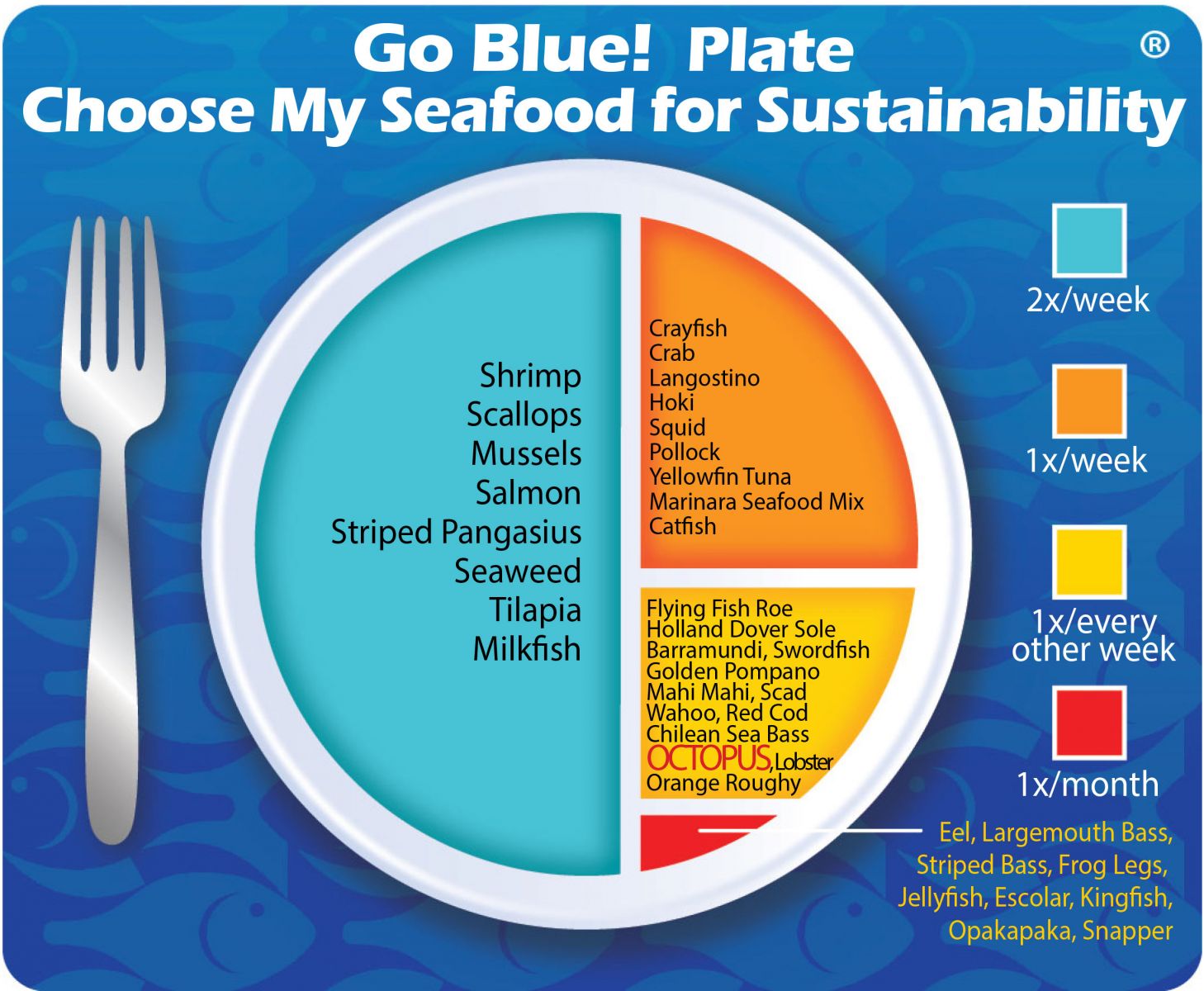
Environmental Impact: Moderate to HighLack of information about their ecological role as well as outstanding questions about the connections between local environmental conditions and population health make robust assessments of the octopus fishery difficult. Many octopus fisheries also exhibit a serious lack of regulation and/or enforcement.
Sustainability Improvements NeededThere is a need for more data and information on octopus from fisheries (e.g., location, landings, fishing effort, size of octopus being caught) as well as from scientists (e.g., ecological role of octopus, reproductive strategies). This information can be used to assess the current state of the octopus resource as well as determining what regulations may be necessary to sustain healthy populations.
Actions that Sea Port is UndertakingSea Port is requiring that their suppliers provide fishing vessel identification (when available), catch methodology, and catch area information. In doing so, Sea Port hopes to encourage the Octopus fishery to collect additional critical catch and resource data where none currently exist. This increased availability of data will allow for fishery management schemes to be establish or improved upon to assure the sustainability of the Octopus fishery. Sea Port sources primarily from artisanal octopus fisheries and believes that this offers a higher degree of protection against overfishing. Sea Port also believes that, in aggregate, choosing from a diverse variety of seafood is better for sustaining the world’s seafood resources and that Yanagidako Cooked Octopus should be a part of this variety.
We created the sustainability assessments for each of our seafood items in order to reveal the existing and potential environmental impacts and risks that are associated with producing them for human consumption. This allowed us to establish the starting position for each of our seafood items along our progressive Go Blue! Seafood Sustainability Spectrum®. These assessments are only a single snapshot in time and because of this, we will continue to assess and update the critical sustainability needs associated with our supply sources and issue updates to the Go Blue! Seafood Sustainability Spectrum® as needed. There is a growing global awareness for the need to assure the sustainability of farmed and wild caught seafood and because of this; all around the world positive changes are rapidly occurring at all levels of the seafood supply chain. We will continue to spread this growing awareness and work with our many industry partners to improve the sustainability of all seafood, which we believe is the ideal protein of choice to feed an ever growing world population. Our Go Blue! Seafood Sustainability Spectrum® serves as our compass and yardstick as we strive to move all our products forward to becoming more sustainable. Please join us in this committed quest and Catch Our Wave® to sustainability by choosing a diverse variety of responsibly produced seafood as part of your diet.
|



